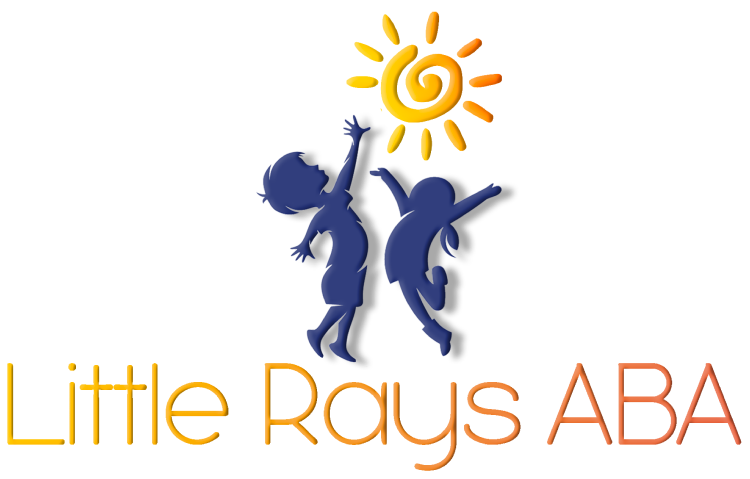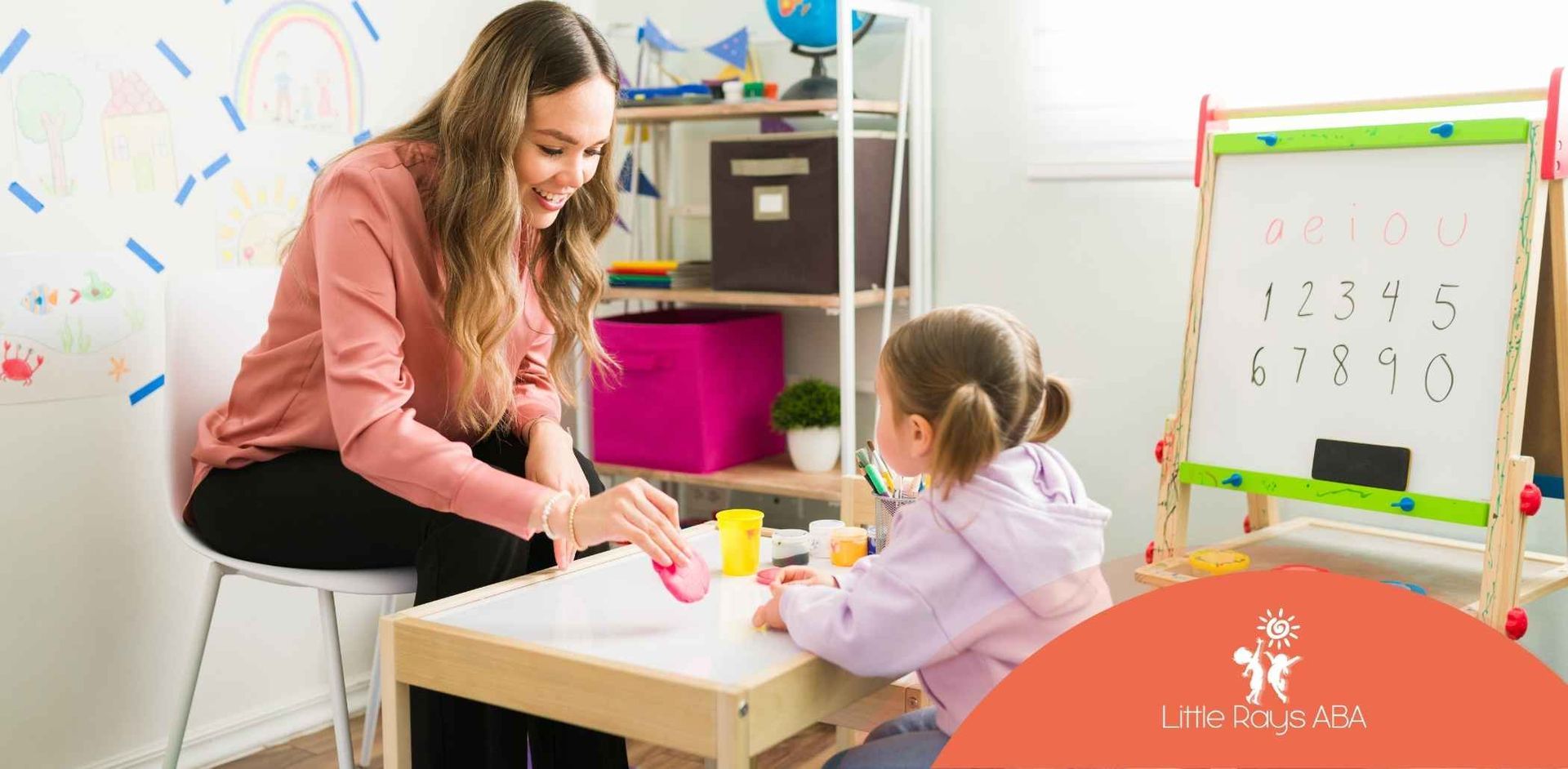
What Is Stimming in Autism? Understanding Self-Stimulatory Behaviors
Stimming—short for self-stimulatory behavior—is a common trait in individuals with autism. It involves repetitive movements or sounds, such as hand-flapping, rocking, spinning, repeating words, or tapping objects. While these actions may appear unusual to others, they serve an important purpose for the individual.
For many autistic children, stimming helps regulate emotions, reduce anxiety, or manage sensory input. It can also be a way to express excitement, frustration, or simply feel calm. While everyone stims to some degree (like tapping a foot or biting nails), autistic individuals may engage in stimming more frequently or intensely.
Stimming is not always a problem. It typically only requires intervention if it becomes self-injurious, highly disruptive, or interferes with learning and daily life. In those cases, ABA therapy can help children understand their behaviors and learn safer, more functional alternatives.
At Little Rays ABA, we work with families to support children’s needs while respecting their natural ways of coping. Our goal is not to eliminate stimming entirely but to ensure it doesn’t prevent a child from thriving.
Frequently Asked Questions
What is stimming?
Repetitive behaviors or sounds used to self-regulate or express emotion.
Is stimming only seen in autism?
No, but it is more frequent and noticeable in autistic individuals.
Why do autistic children stim?
To manage emotions, sensory input, or express excitement.
Related Posts





